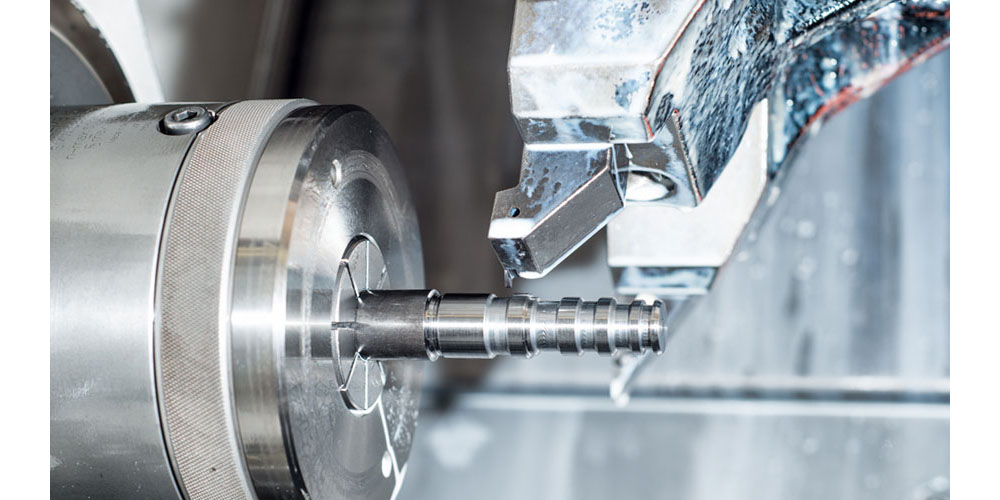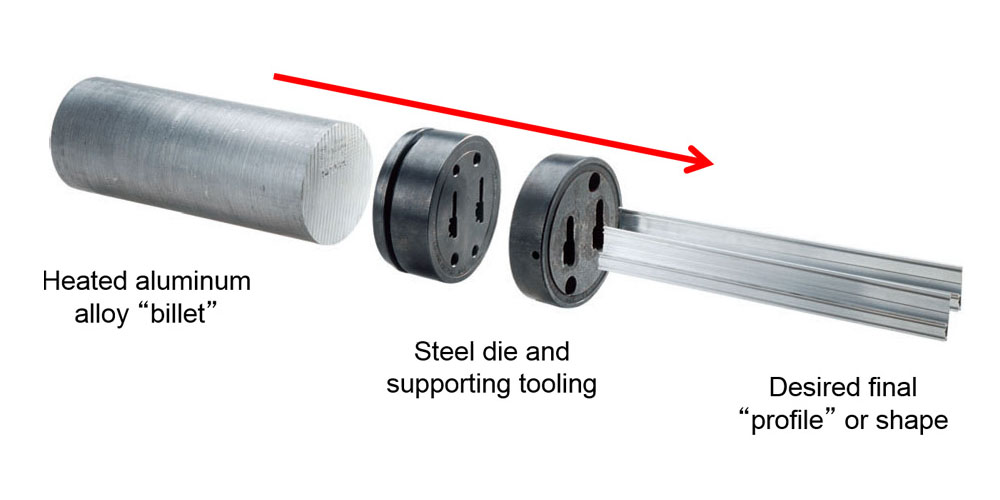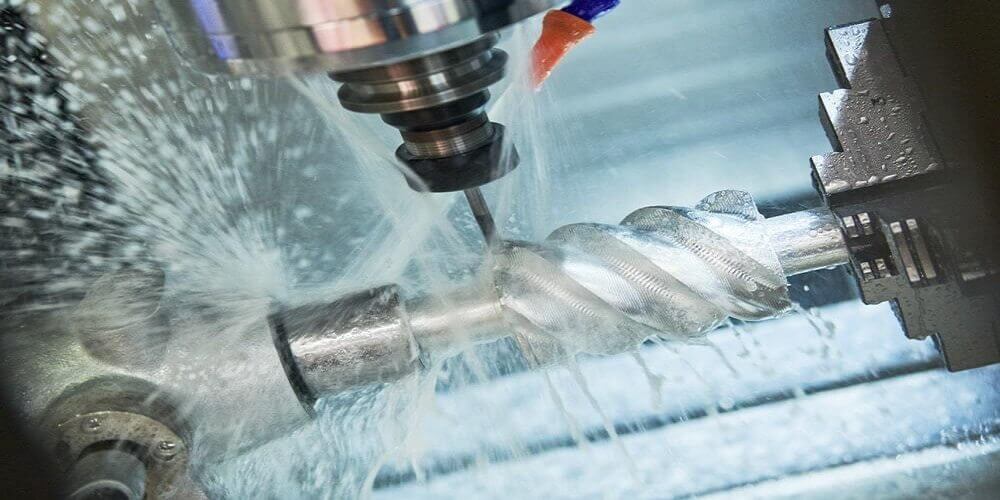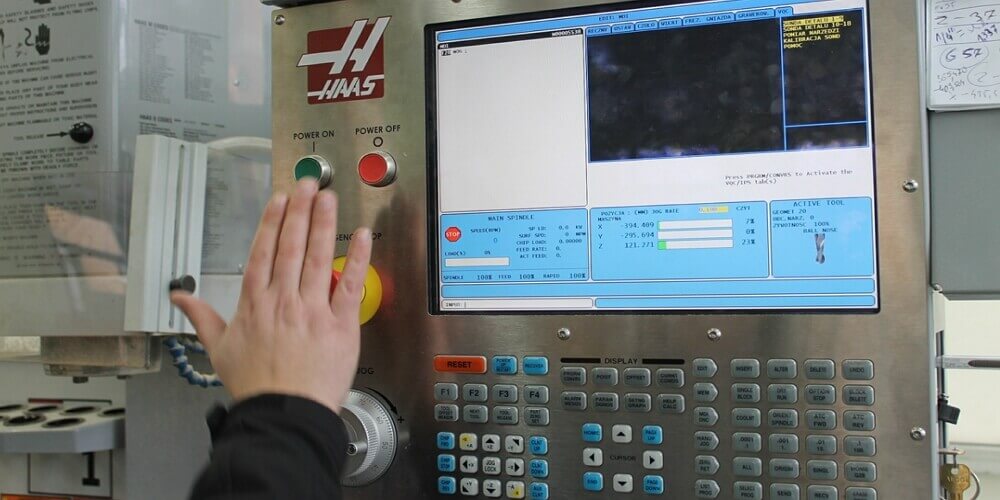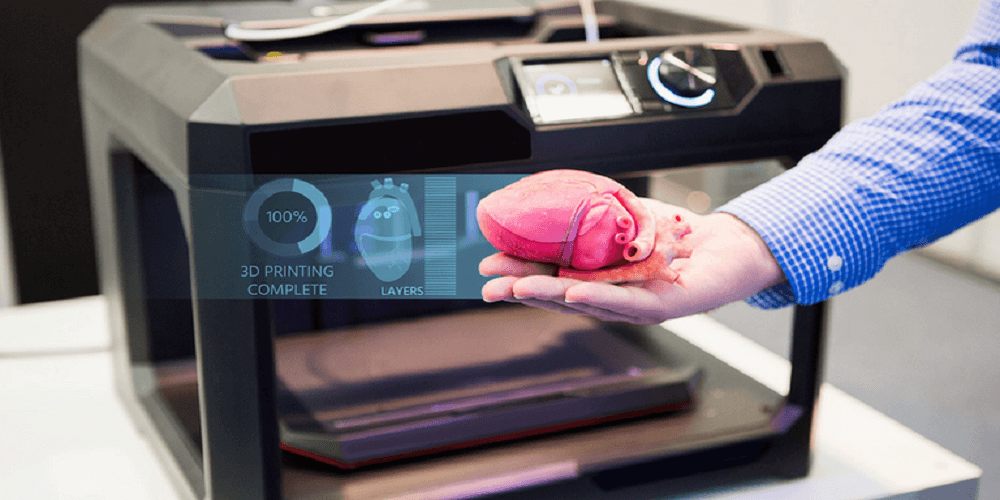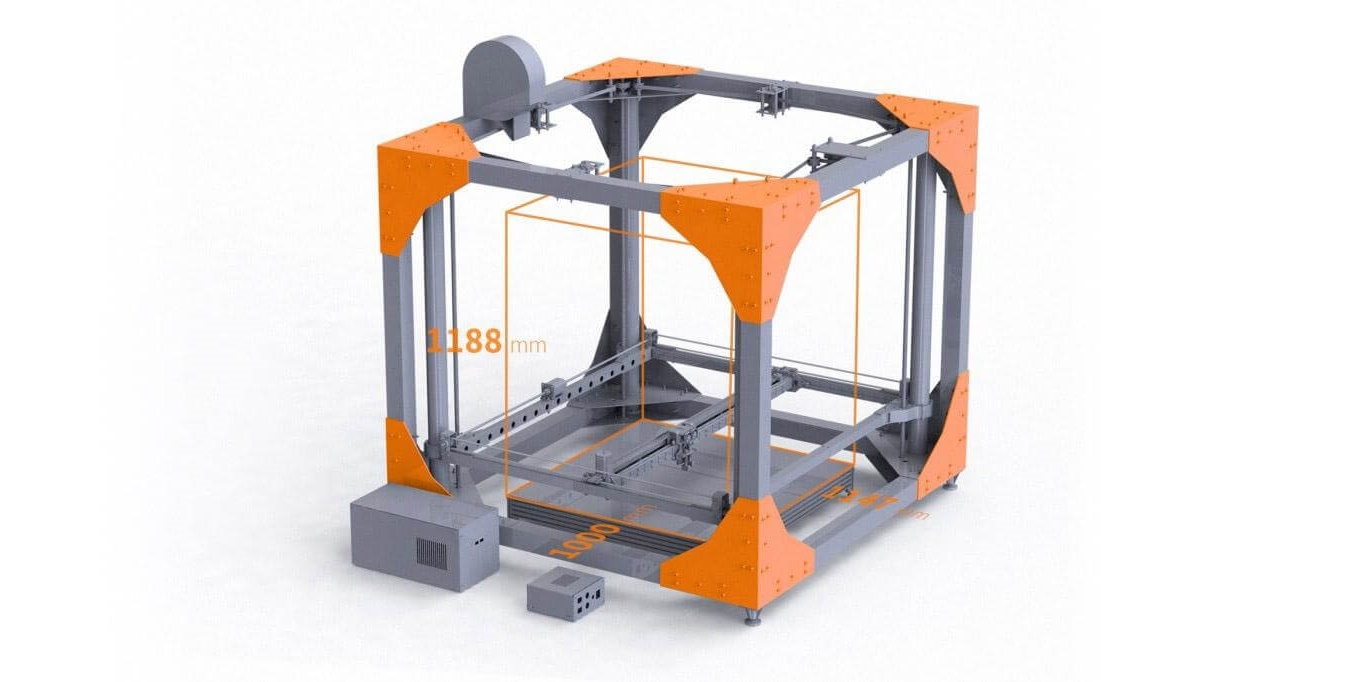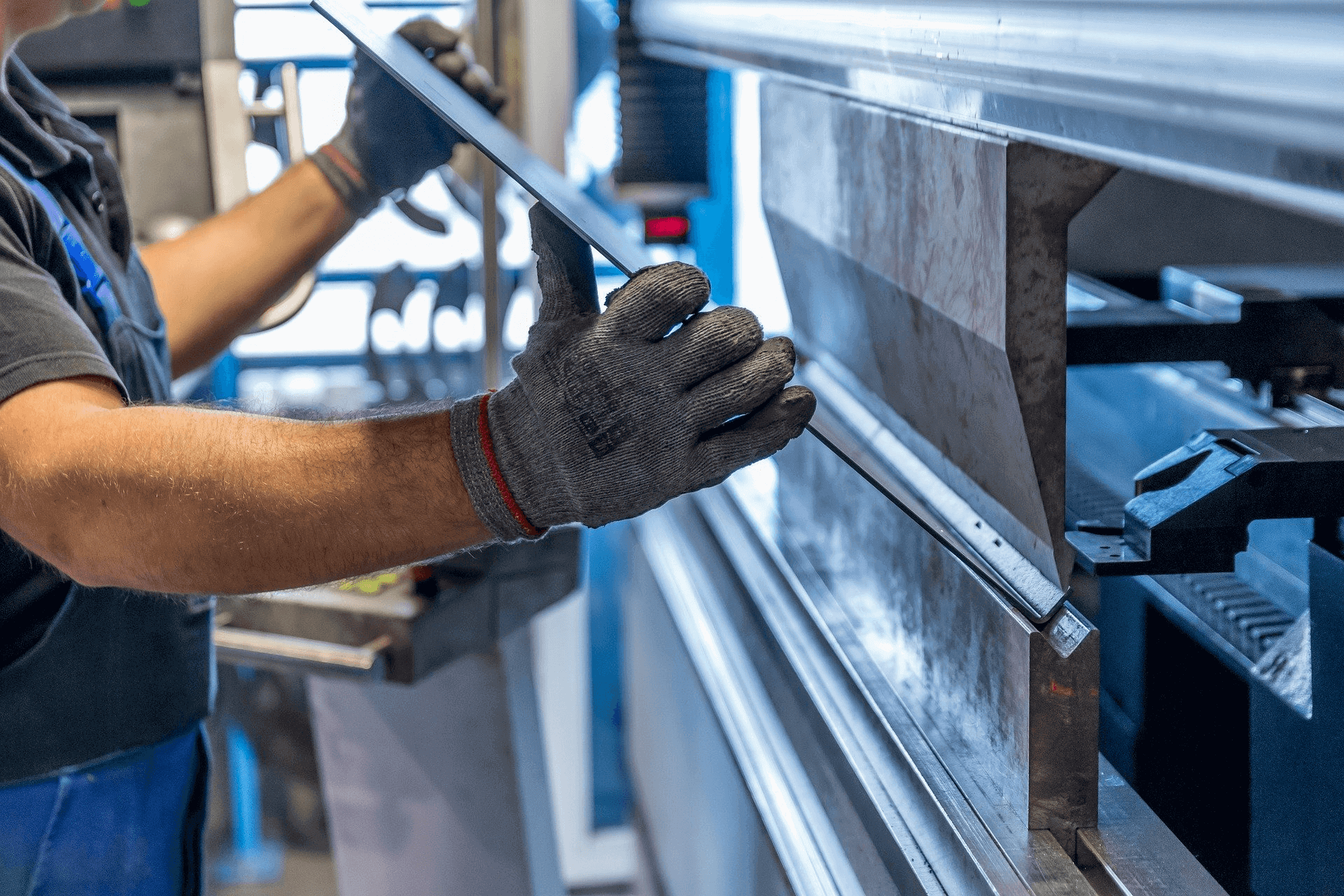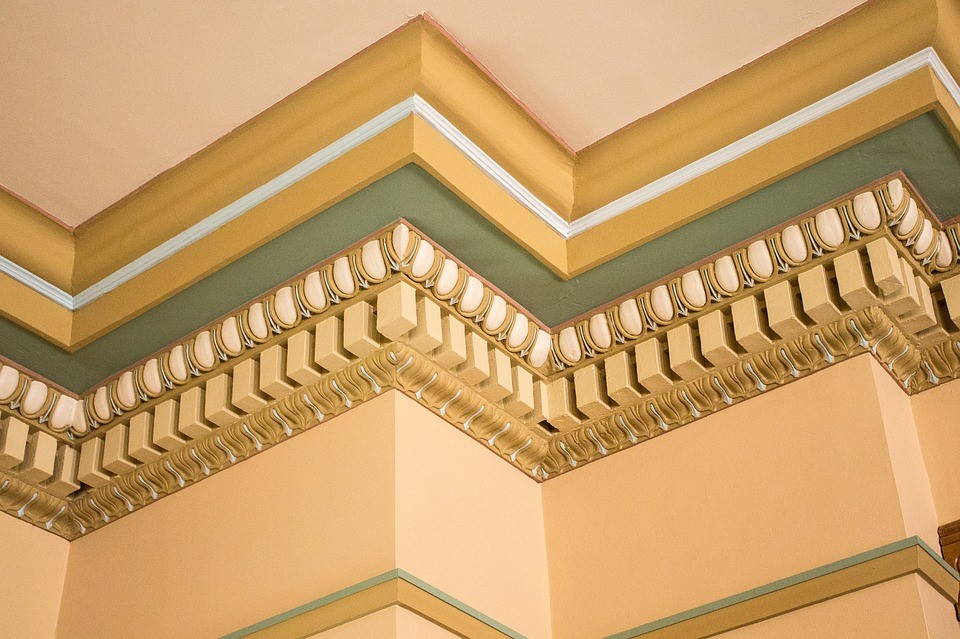China is widely known for its cheap manufacturing costs, especially in CNC turning. The cheap costs are attributed to cheap labor, electricity costs, and the availability of raw material. Furthermore, china CNC turning is relatively famous for its reliability. Its cheap production costs ensure that there are many manufacturers available. Therefore, it is essential to research who will offer you the bests of services. Therefore, this post aims to update you on the factors to consider while looking for a CNC turning parts manufacturer in China.
Factors to consider while looking for a CNC turning parts manufacturer in China
1. Delivery time
If you wish to get a manufacturer that you can rely on, they should be able to keep their word on the delivery time of parts. Therefore, those companies that can make delivery usually have a freight or shipping system in place. Furthermore, a company that delivers its parts on time has a fast order turnaround time. Thus, if you wish to outsource CNC turning services to a manufacturer, ensure that you rely on their delivery time.
2. Up to date machines
Technology is constantly evolving. The new technologies are usually improved and better than the previous ones. Therefore, one of the best factors to consider is whether the manufacturer is using the latest machines. Furthermore, the latest machine use means less lead time, thus, faster production processes. Outdated machines mean subpar parts. Thus, it is crucial to always go for a company that uses the latest innovative tools.
3. Material’s grade
The grade of the materials also plays an essential role in the expected outcome. Low-grade materials mean poor-quality products. The different materials are used in the machining processes include; aluminum, wood, plastic, steel, and so many others but the different materials have different qualities. Thus, before you acquire the services of a CNC turning parts manufacturer, ensure to inquire whether they use superior quality parts.
4. Technical support
If you wish to get the services of the best, then ensure to consider the technical support. The technical support will ensure to offer expert advice when needed. Furthermore, if there are any issues with your design, technical support can help correct them. Therefore, the technical support ensures that you get the best of services.
5. Expert in your industry
Some industries require expertise more than others. Therefore, getting a manufacturer specializing in your industry is crucial if you want a part of a sensitive sector such as the medical sector. Furthermore, the manufacturer should be well experienced such that they can offer you expert advice.
6. Cost of production
The cost of production should play an essential role in deciding a suitable manufacturer. Therefore, before you outsource your services, ensure to know how much the overall production and delivery costs will be. Thus, ensure to go for a manufacturer whose costs are reasonable and quality is excellent.
Conclusion
The decision to pick an excellent manufacturer for the CNC turning parts manufacturer in China can be a little daunting. It is because there are many manufacturers. Thus, conducting due diligence is essential. Blindly picking a manufacturer can be catastrophic.
